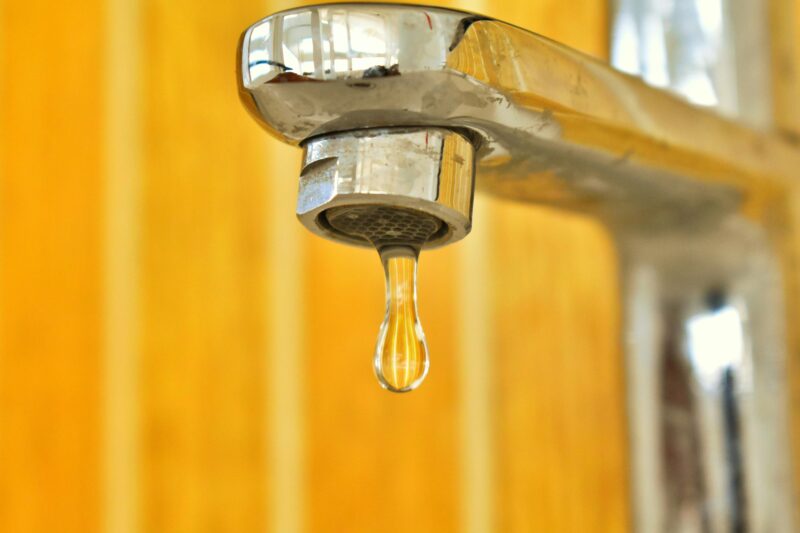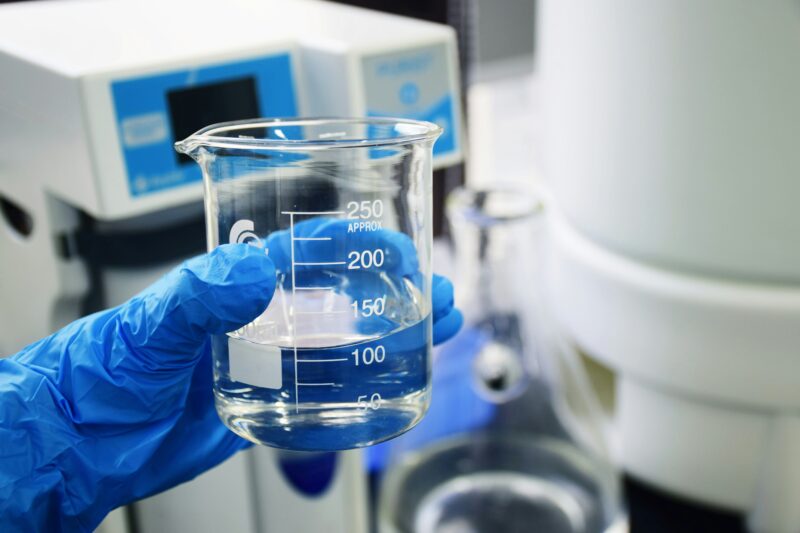If you manage a care home, you're responsible for more than just day-to-day operations—you also have a legal duty to protect residents from preventable health risks. One such risk is Legionella bacteria, which can cause Legionnaires’ disease, a potentially fatal type of pneumonia. Because residents in care homes are often elderly or have weakened immune systems, they are particularly vulnerable.
In this article, we’ll break down your legal responsibilities for Legionella control in care homes, what you need to do to stay compliant, and how Red Peak can handle it all for you, from Legionella risk assessments to ongoing water testing and support.
Why is Legionella a Serious Risk in Care Homes?
Legionella bacteria thrive in man-made water systems like tanks, pipework, taps, and showerheads, especially where water is stagnant or not kept at the correct temperatures. Inhaling contaminated water droplets can lead to Legionnaires’ disease, which is especially dangerous for older adults and those with existing health conditions.
Care homes, with complex water systems and vulnerable occupants, must take active steps to control Legionella risk, not just to meet legal duties, but to protect those in their care.
Your Legal Responsibilities for Legionella Control in Care Homes
Under the Health and Safety at Work Act 1974, COSHH Regulations 2002, and the HSE’s Approved Code of Practice (ACOP L8) (linked here), duty holders, including care home managers and providers have certain responsibilities; the core of these being:
- Identify and assess Legionella risks in the water system
- Appoint a competent person (often called the "Responsible Person") to manage Legionella control
- Implement and maintain control measures to reduce risk
- Keep clear records of assessments, monitoring, and actions taken
- Review and update the risk assessment regularly or when changes occur
These responsibilities apply whether you manage a single care home or multiple sites; learn more here.
What Practical Steps Should You Be Taking?
In practice, managing Legionella in a care home typically includes:
- A comprehensive Legionella risk assessment by a qualified expert
- Ongoing monitoring, such as:
- Temperature checks
- Flushing of infrequently used outlets
- Regular cleaning and descaling of taps and showers
- Legionella water sampling and testing (particularly useful for added reassurance or higher-risk systems)
- Staff training and awareness where appropriate
- Documentation to demonstrate compliance
How Often Should Legionella Risk Assessments Be Reviewed?
A Legionella Risk Assessment is recommended to be reviewed annually or sooner if:
- Your water system changes
- Your building use changes (e.g. renovations, room closures)
- A case of Legionnaires’ disease is suspected
- Monitoring indicates current control measures are no longer effective
Staying proactive is key; waiting for an issue to arise could have serious consequences for resident health and your legal standing.
We Make Legionella Compliance Hassle-Free
We understand that as a care home manager, your time is precious, and Legionella compliance can feel overwhelming. That’s why Red Peak takes care of the entire process for you.
We provide:
- Professional Legionella risk assessments
- Ongoing support
- Water testing included as standard
- Easy-to-understand guidance so you know exactly what’s required of you
- Clear documentation to keep you audit-ready at all times
We don’t just deliver a report and walk away - we guide you through your responsibilities and give you full peace of mind that everything’s handled.
Stay Compliant and Protect Your Residents Today
Let us help you safeguard your care home with confidence. At Red Peak, we specialise in supporting care providers across Essex and East London with expert Legionella risk assessments and water testing.
👉 Click here to get in touch - we’ll take care of the rest.

